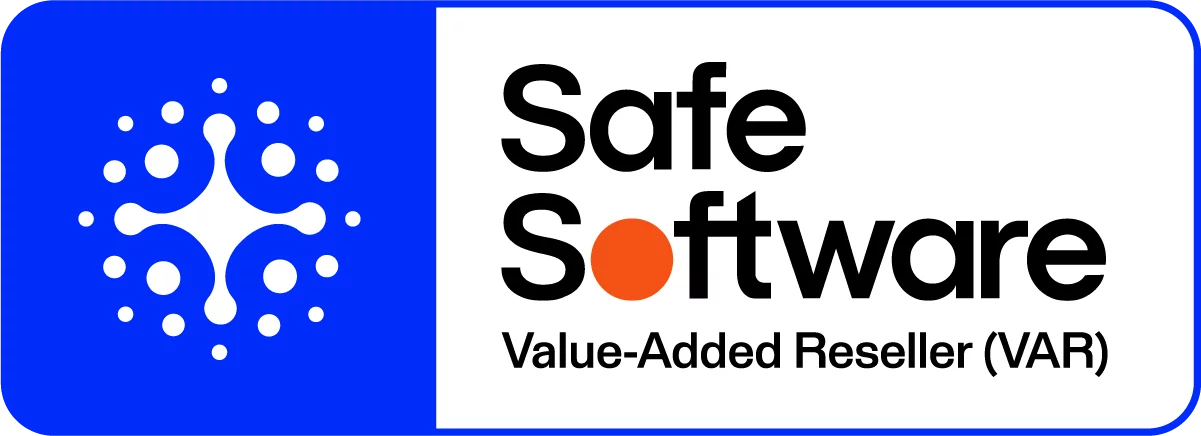Helping a South Canterbury Power Network Enhance Safety and Efficiency
Injecting energy into the community
Alpine Energy takes a rather unique approach to managing the electricity distribution in South Canterbury. It not only services a thriving community of 31,000, it’s also owned and operated by that same community. The Alpine shareholders – the Timaru, Waimate and Mackenzie District Councils, and LineTrust South Canterbury – feed all profits back into their communities, whether through dividends that help councils pay for local infrastructure, or more directly through the sponsorship of local individuals or organisations.
Rather than a retailer that sells electricity to consumers, Alpine Energy instead manages the power network, charging retailers like Meridian Energy, TrustPower and Mercury Energy to use network infrastructure like poles and wires to deliver power to homes and businesses.
In putting 220 people to work in the area, Alpine is also one of South Canterbury’s largest employers, further underlining its focus on, and contribution to, the community.

A disconnect between the real and the virtual
Alpine Energy had a data disconnect. They used the Technology One asset management system to gain authoritative data on their assets, and while incredibly effective at collating data and making it accessible to all stakeholders, there was a seemingly small – but in reality significant – issue: this information wasn’t able to be easily aligned with the real world.
Assets were rather abstract representations in the Technology One system. Field teams desperately needed an added layer of data that the system wasn’t capable of providing: location.
Without geospatial data, it was difficult to accurately locate any number of field assets: lines, substations and transformers, to name a few. Nor did the difficulties end once an asset was located, as confusion could then reign around which wires were live, or which transformer was down.
While Alpine Energy was committed to the Technology One system, it saw a need for the integration of a field solution. Ideally it would be one that was accurate enough to tell workers which specific power line in a group was down, granting them the ability to more accurately report to the regulator on the condition of the assets.
So they got in contact with Seamless.
Adding a layer of geospatial information
Originally a company that focused exclusively on geospatial data, and that over time developed an equally deep understanding of data integration, Seamless was the perfect team for the job.
It was soon clear that the safety and efficiency benefits of geospatial data would only be fully realised if this data could be updated and accessed in real time – whenever a change was made to the network, it would need to be recorded and made available to everyone. Understanding these needs, Seamless set about combining the ArcGIS mapping and analytics tool with Alpine’s Technology One system, doing so via the FME platform.
Better data, better results, a better community
Leaning on the field mobility offered by ArcGIS, Seamless’s work allowed Alpine to ‘ground-truth’ their assets. They could compare the authoritative asset data in Technology One with what they saw in the real world, and if something didn’t quite align, the solution enabled Field Operators to update the data within Technology One to reflect the true location and state of the asset.
The accuracy of the new tool, and the seamlessness of the integration with the existing system, served to significantly improve both safety and efficiency in the field. Field operators could be confident that the data they extracted from the system was accurate to within mere metres, ensuring that the new exactly which transformer had the issue, or exactly which line was safe to touch.
By better reflecting the real world in its systems, Alpine has once again put its community first, by enhancing the safety of local workers, and by increasing the efficiency with which it delivers its services, ensuring as much money is driven back into the local economy as possible.





